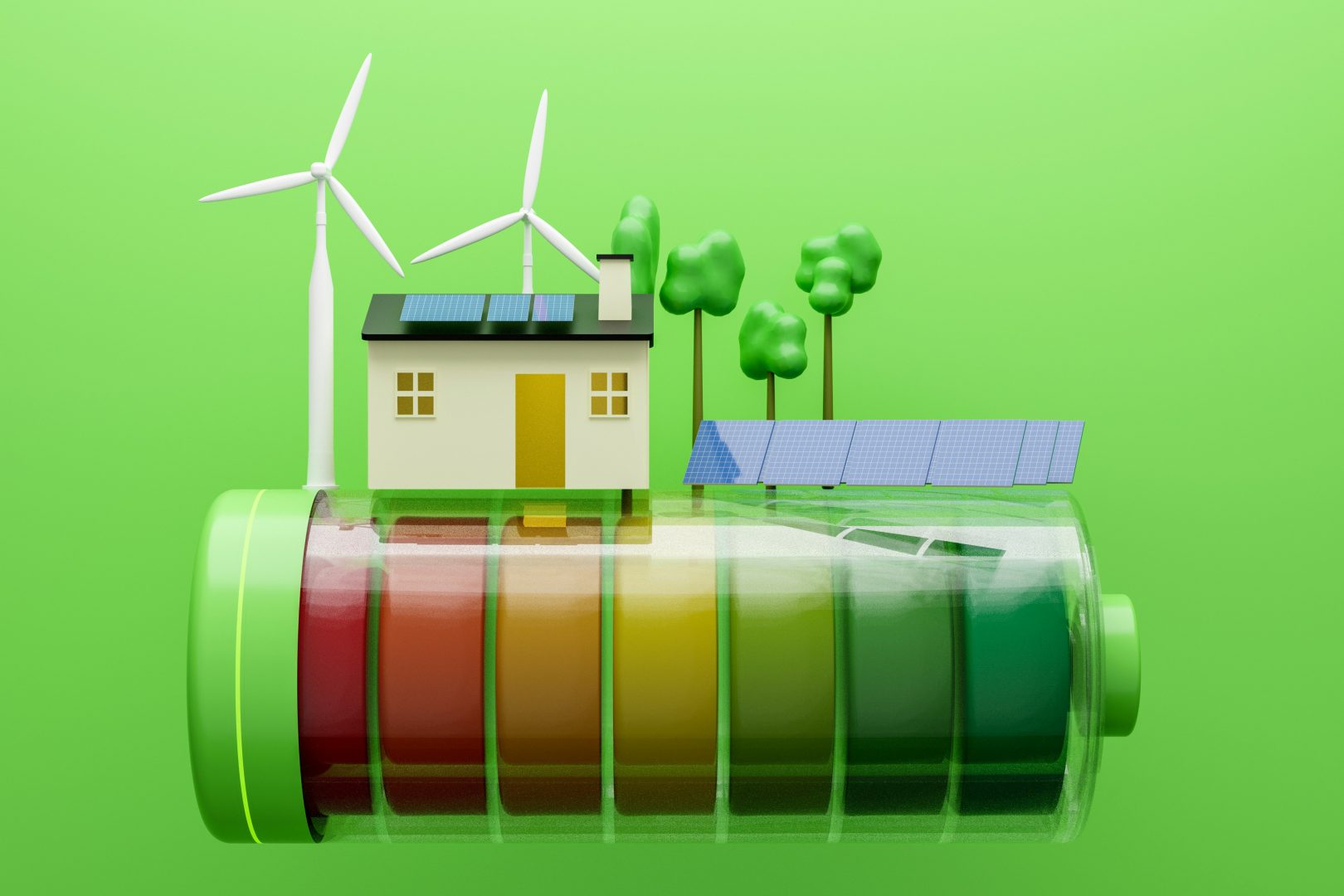Various studies suggest that around one-fifth of the world’s carbon emissions are generated by the manufacturing and production sectors.
As a result, there is an important need to reduce the CO2 emissions of industrial activities so that environmental goals can be achieved.
Pro Moulds specialises in several industrial applications including laser welding, tool making and mould making.
Our team has put together the following post on how renewable energy is being used to transform industrial applications to achieve a greener future.
Solar Power
The sun is one of the best examples of renewable energy there is. Crucially it is not the strength of the sun that impacts the level of electricity generated, but rather access to natural light. For this reason, solar panels offer the most suitability for south-facing roofs or walls, with north-facing being the least ideal.
By installing solar panels at an industrial facility, it can power at least a portion of the building’s electricity if not more. Usage suitability is limitless, but in industrial environments, solar power can fuel the likes of manufacturing plants and warehouses. In addition, administrative areas of the business such as office spaces can also be powered via solar panels and solar technology.
Here at Pro Moulds, we specialise in laser welding. Electricity derived from solar power can also be useful for powering the likes of fibre lasers for precision cutting and welding.

Biomass
Biomass burns organic materials such as agricultural waste, food waste and wood chips to generate heat or electricity.
For industries that produce organic by-products such as paper mills, textile factories and food processing plants, it is often possible to use these by-products to fuel aspects of the production itself.
Biomass can also be used as a sustainable form of electricity, including to power laser equipment and their cooling systems. Furthermore, biomass heat can also be used to maintain optimal environmental conditions in laser manufacturing facilities.
Green Hydrogen
Green hydrogen is a clean energy source made from renewable energy. While green hydrogen has some drawbacks, it can provide a backup source of energy for applications such as fibre lasers used in steel manufacturing.
Due to the recent price increases of energy, it may be the case that industrial applications, especially those which are energy intensive, look to other options such as green hydrogen to meet demand. That’s because stored hydrogen can be converted back to electricity to run equipment during peak periods.
Geothermal Energy
With the rise in heat pumps to power residential homes, we’re all becoming more familiar with the notion of geothermal energy, since the same technology can be used to provide energy within industrial settings.
As a renewable energy source, geothermal energy comes from the natural heat stored beneath the Earth’s surface.
Industrial applications which can make use of geothermal energy are vast and can include process heating, cooling applications and material processing.
Pro Moulds – Learn More About Our Industrial Services
We hope you’ve found the above information insightful, especially if you are looking to improve productivity in your business in a way that is also sustainable. With applications such as manufacturing and construction being particularly energy-intensive, looking at renewable energy sources is essential to reduce the carbon footprint of your business.
At Pro Moulds, we use a variety of machinery to facilitate our services such as laser welding, injection moulding and material handling. We’re based in Nottingham and serve clients from across the UK.
If you would like to find out more about our services, please get in touch with our team.
Or, give us a call on 01623 904 417.
